About the power of unwavering belief, love for the land, and a strong vision that can turn a once-neglected space into a place of culinary delight.
This is the story of Louise and Thomas Køster’s journey. Of how they embarked on a transformative adventure 18 years ago, taking over the enchanting Rarbarbergaarden, “The Rhubarb Farm”, near Vejby, Denmark. Although the place was once overlooked and untended, the couple envisioned its true potential. Today, their passion and dedication have borne fruit as they have proudly introduced Denmark’s very first farm restaurant.
In a delightful conversation with Thomas Køster, we delve into their profound admiration for vegetables and the significance of being a farm restaurant. Through their nurturing touch, Rarbarbergaarden has blossomed into a haven that celebrates the bounty of nature, emphasizing the harmonious relationship between food and the earth it springs from.
Louise and Thomas’ inspiring journey is a testament to the power of unwavering belief, love for the land, and a strong vision that can turn a once-neglected space into a place of culinary delight. Their tale teaches us to cherish and respect the abundant gifts that nature bestows upon us, as we savor the delectable creations of Denmark’s very first and pioneering farm restaurant.
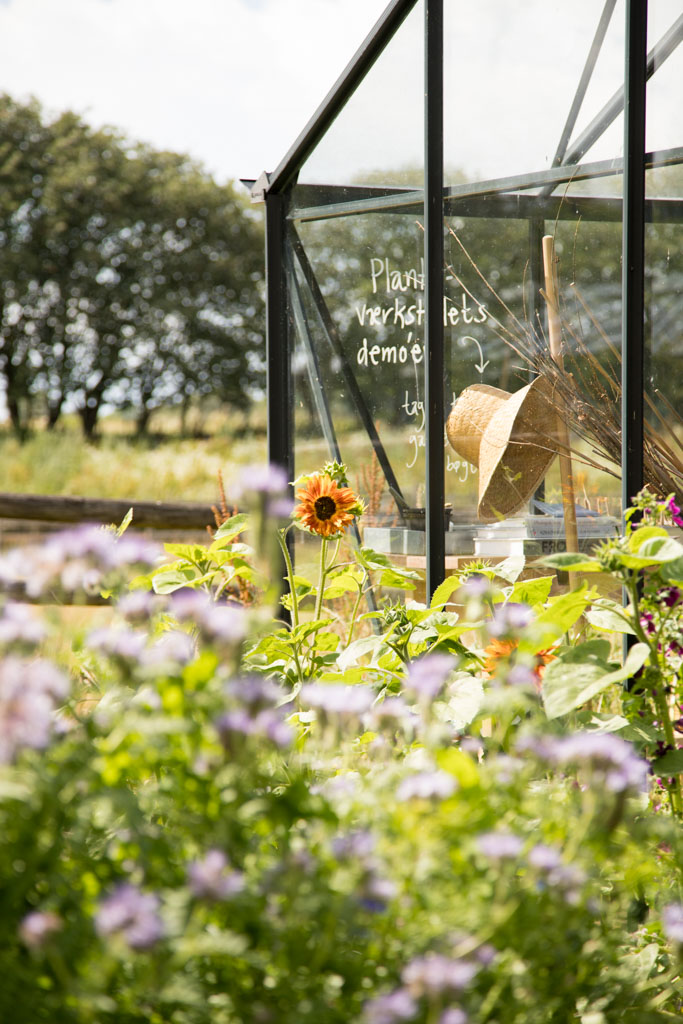
How long have you had Rabarbergaarden?
My wife and I bought the farm 18 years ago to get out of Copenhagen. At the time we lived on Elmegade, but decided we would like to move to the countryside. Already at that time, we actually had a summer delicatessen shop in Tisvildeleje. And then we came across this farm that looked like a ruin. My wife could definitely see the potential. I couldn’t see that at all. But we threw ourselves into it, and in the first eight years we lived here, while we both worked in Copenhagen.
What changed?
The more we lived here, the more we began to think about whether the farm could one day be a workplace for us. I’m a trained chef, and my wife works with film and media, so neither of us have an agricultural background. However, at that time there was one of our good friends, Søren Ejlersen, who had started the project called “Gardens for Bellies”. He asked if I wanted to join in and help spread the word. “Gardens for Bellies” is a school project in collaboration with the local municipality, which is about bringing education and teaching out into the open, where students learn about food- and nature science along with agriculture. So when it got started, all of a sudden there was a small business that started on the farm. We made a small profit, and we were able to hire a gardener, and I started teaching at “Gardens for Bellies”, so that I didn’t have to work in Copenhagen full-time.
At that time, a process started for Louise and I, where we began to think that it would actually be quite exciting to investigate how we as a family can survive on four hectares, while at the same time creating job opportunities locally. It was at that point in time, when we simply said to ourselves let’s renovate the farm, and then we’re doing something that abroad is known as a farm restaurant. So we closed everything we had in Tisvildeleje, rebuilt the farm, and then we opened as Rabarbergården’s farm restaurant and grocery store. And it’s been about eight years since then.
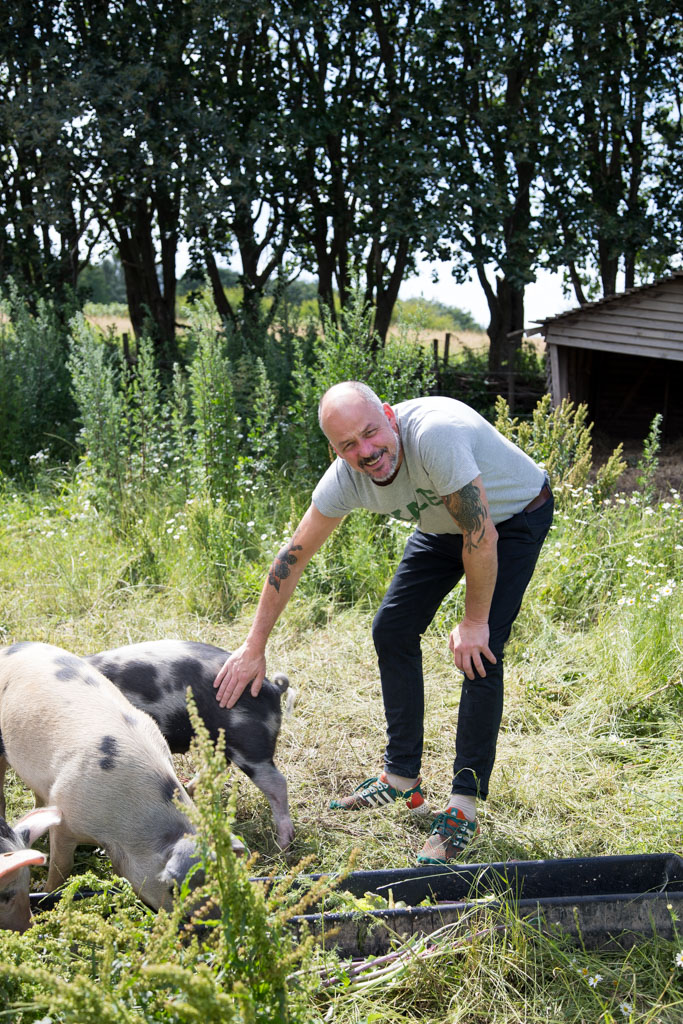
"The idea was of course that we would become really good at staying self-sufficient"
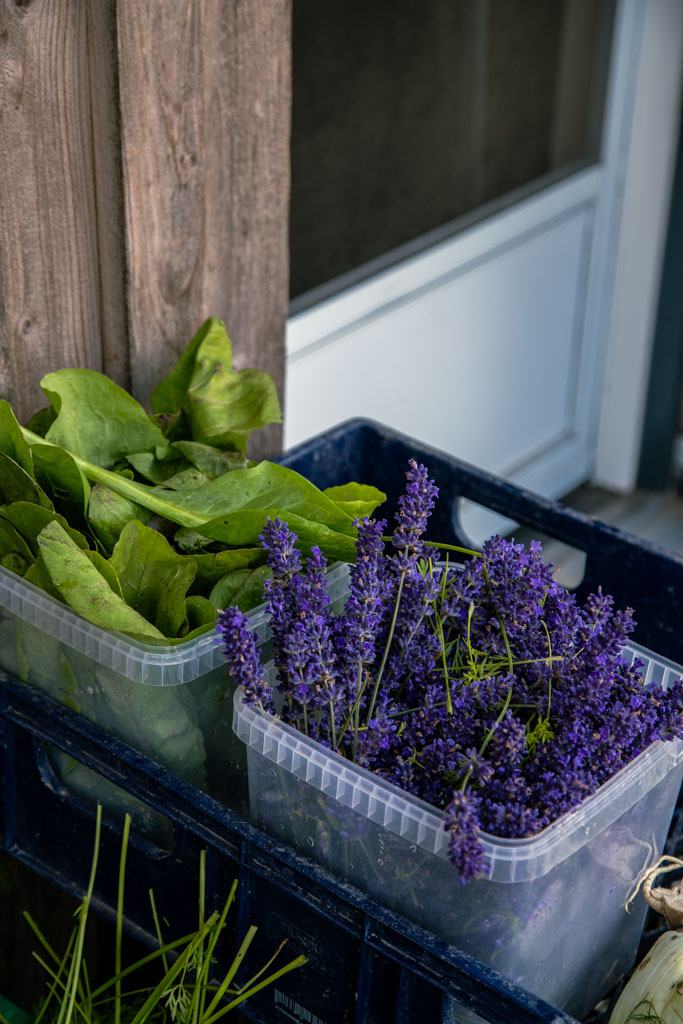
So the restaurant is located where you originally lived?
Yes, the restaurant is in our old living room. And where you walk in [the store], that’s our old teen section for our two kids. So in that way we created a restaurant on the farm. The idea was of course that we would become really good at staying self-sufficient. However, we also found out that unfortunately we have the worst soil to grow vegetables in. It’s not a nice thing to learn. And that’s just something you cannot expect to know when you’re not a trained farmer. I think if I had been a farmer when we bought the farm 18 years ago, I probably would have started by digging a hole in the ground and find out what kind of soil it really was. Instead of just looking at the buildings and thinking it looks romantic. But we didn’t do that, because we didn’t have that knowledge. We first found out when we had to grow for the restaurant the first year, where the top of the carrots grew a meter high. I walked around, dreaming that if they are a meter high, they are probably also a meter down in the ground. But they were just about a centimeter and a half.
What did you do then?
We learned a lot the first year, and in collaboration with our gardener we learned that we had to find another way to grow. So we started growing in a way called “market garden”. Here you add compost to your soil, so you actually end up — after a few years — with a really big layer of soil on top of the regular soil you have. We add around 10 tons of compost to our beds every year. This means that now, after 8 years, we are simply growing the most fantastic vegetables. The carrots are long, the parsnips are long and crisp and juicy.
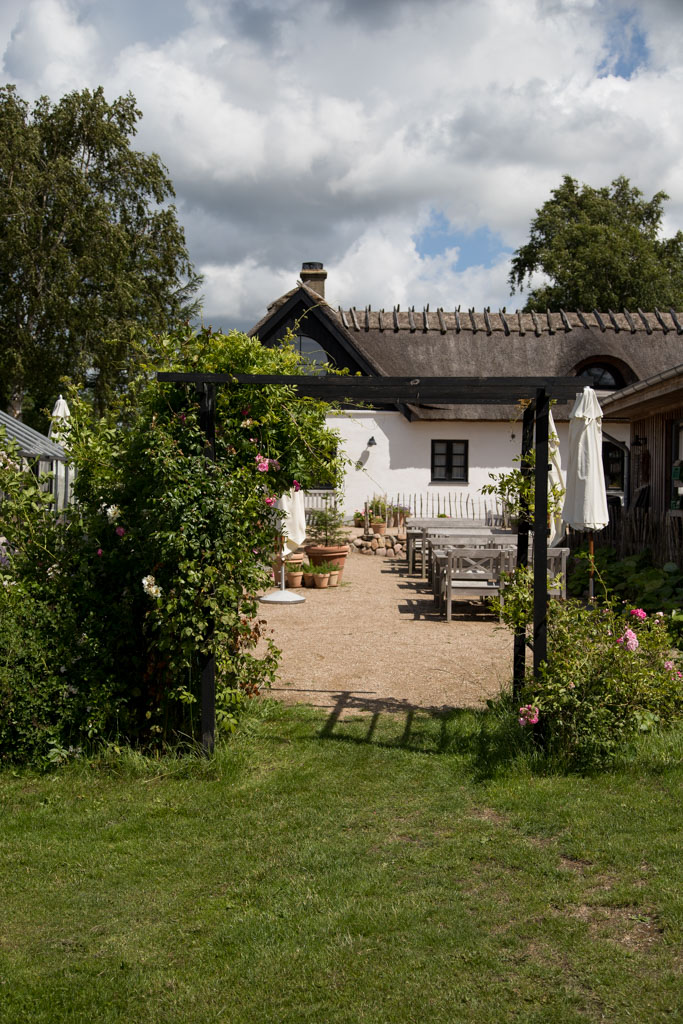
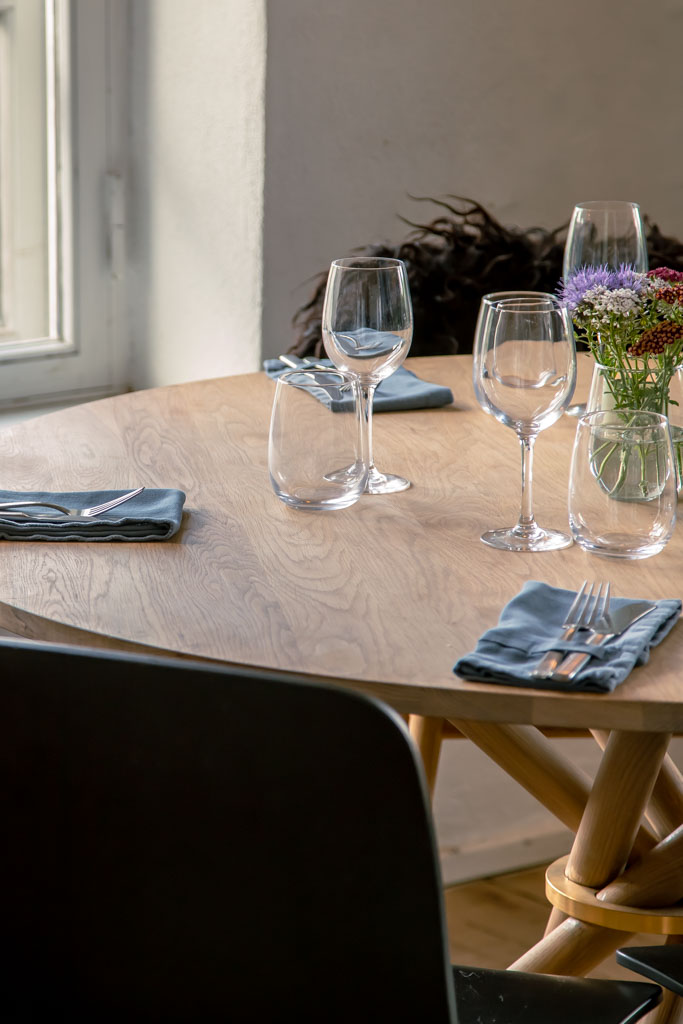
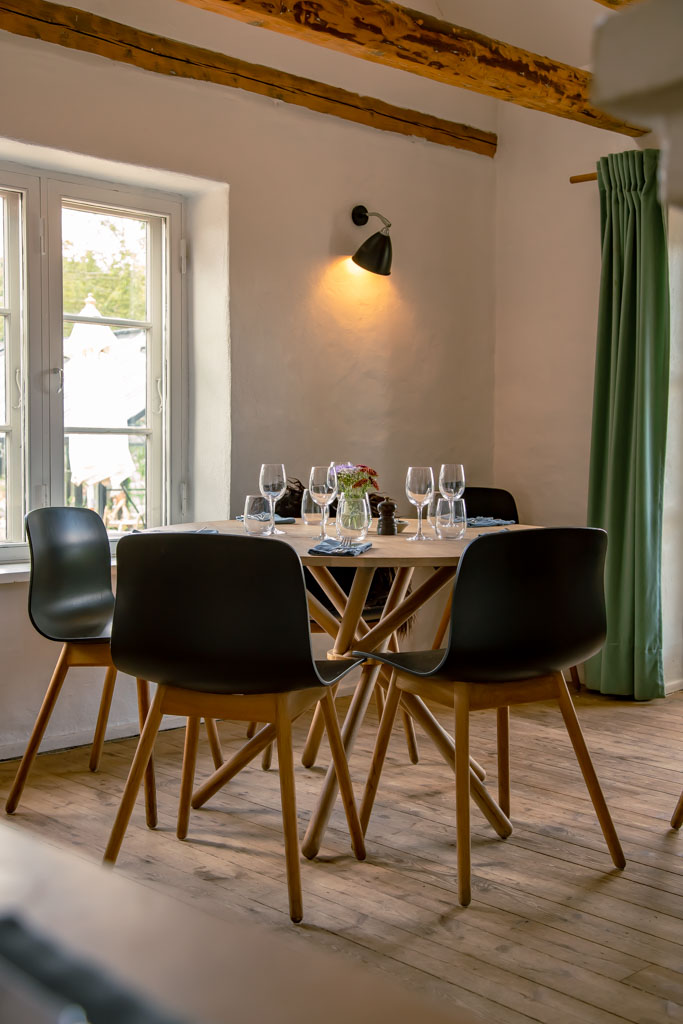
It says on your website that you are Denmark's first farm restaurant. How is that so?
I don’t think at any point in Denmark the term farm restaurant has been defined, even though it is big in the US and France — and especially in England, where we have traveled a lot. In the first few years, we spent a lot of time explaining what we are. In other words, we are not the traditional, organic farm shop where you go and get a coffee for 1.50 € and a cheese sandwich for 2.50 €. We are something else. We are a high-end restaurant. We have the same prices as any good restaurant in Copenhagen where you go to get a four- or six courses menu. So we have struggled a bit with the word. Should you Americanize it and call it a farm restaurant? Do people get it? Or should we try to tell about the fact that there is something new in Denmark called a farm restaurant? And fortunately, more have subsequently been added. But I think that eight years ago, when we opened here as a restaurant, not many people knew what a farm restaurant was. So this thing, about us being the first, we probably are in the way we decided we would do it. But I know that there are more people who share the same thoughts and ideals, who believe that people crave that experience and to know where all the ingredients actually come from.
What thoughts lie behind the interior design of Rabarbergaarden?
One of the most important things is that it must be functional, because it is a restaurant. But it also needs to reflect what the rest of the farm stands for. Quality, simplicity. I don’t know if you should use the Danish word “hygge”, but it needs to feel nice to be here. Because you are still seated here for a few hours, while you enjoy the menu. And then I definitely have a great passion for art. That’s why we have a local artist’s work on display every summer. Not necessarily a local from the area, it can also be someone we know or have a collaboration with. Last summer we had Kasper Eistrup, Vibe Bredahl and Gerda Thune Andersen’s work on display. We like that the guests who come here get to know something about the place. Both in relation to the things we have, but also with the way we cultivate. It is also the feeling we get when people come to visit us. They really want to know everything. They want to know how we grow the vegetables, what animals we have, why we chose this art. People really want to hear everything. And we are also ready to tell you all that. So, in addition to the fact that we get to offer a fantastic meal, I also hope that our visitors gain a lot of new knowledge. And find that every little thing serves its purpose.
Yes, you use the word "holism" on the website. What does it mean to you?
I have the deepest respect for how difficult it is to grow vegetables. In this way, we have also ensured that most of our employees, especially our chefs, are all out there in the field. To understand how important it is — how big a part it plays here on the farm. And learn how much respect we must have for the crops we grow. A small seed planted in May ends up six months later as a beetroot on a plate. And I can see from my employees in the kitchen that when they get those beetroots in, they are all well aware that they helped plant this seed six months ago. So half of it won’t be discarded. They look at the top, they look at the leaves. What can we use, what can we use it for, can we utilize it in another way? Because one of the things we work a lot with in the kitchen is of course our waste. All the leftover bread we have from the bread basket, we collect it and burn it when we have 30 kilos of it, so that it becomes like coal. And then a friend of mine, who has a brewery, use it to make a beer for us called Kvassish. So every little thing matters.
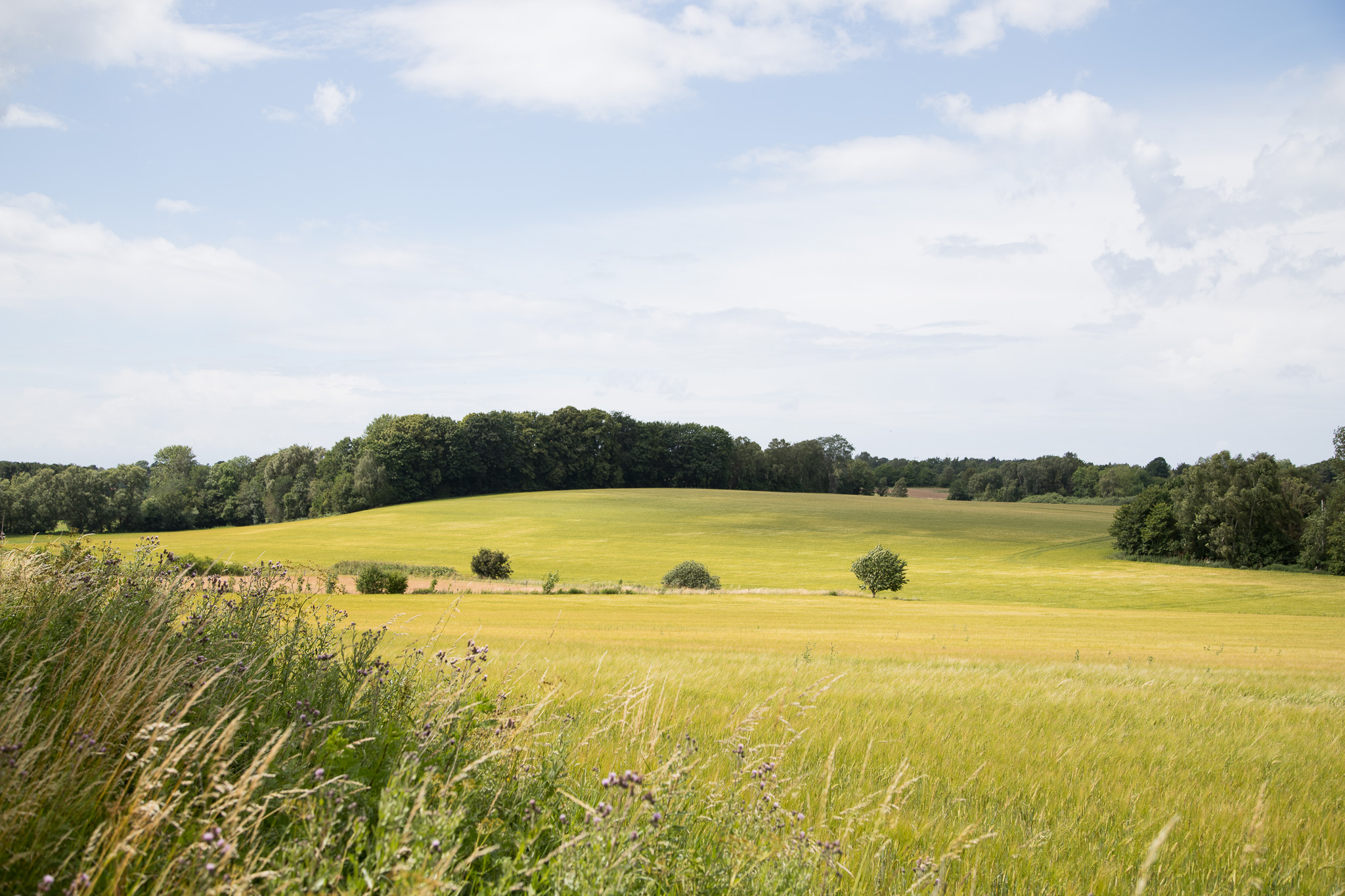
Featured products —
-


Hector 120
From DKK 17.600,00 Select options This product has multiple variants. The options may be chosen on the product pageFrom DKK 22.000,00






